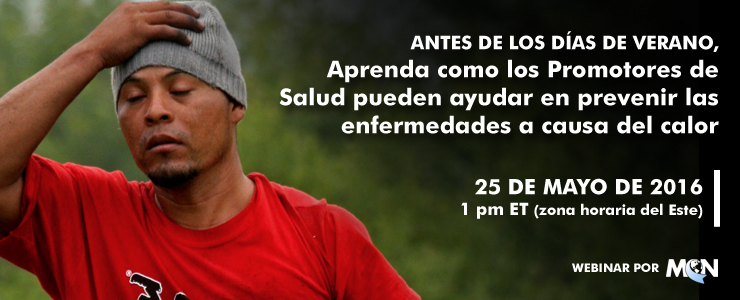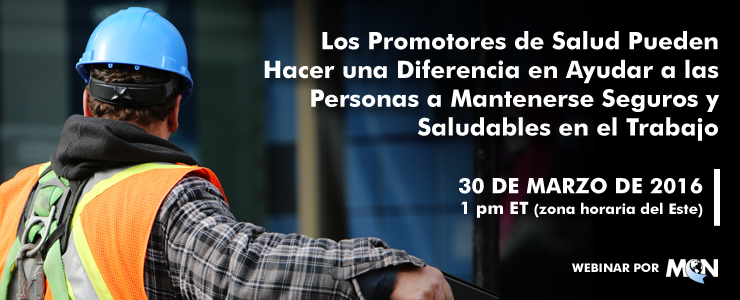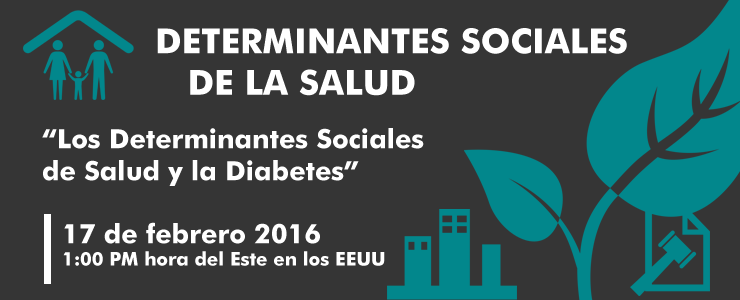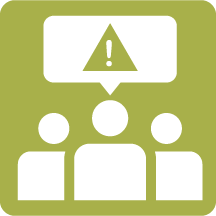The nation’s largest public health organizations are well known for making careers in public health more accessible by offering scholarships, fellowships, and grants that defray the cost of earning an undergraduate or graduate degree in public health:
- US Department of Health and Human Services – Health Resources and Services Administration
- American Public Health Association
What is not as well known is that there are literally dozens of scholarships available to students of public health available through state schools, private universities, professional associations, and private donors.
Not only do these organizations offer a full range of scholarship programs – from full tuition to a little extra cash – these scholarships are also less competitive than more widely known programs available at the national level. The catch is that it can be a challenge finding a less competitive program that you’re eligible for.
PublicHealthCareerEDU.org has made it a little easier for you to find the funding you need to earn a degree in public health. We’ve put together a list of our favorite scholarship programs available to undergrads and graduate students – and to make it even easier to find a scholarship that you’re eligible for, we’ve organized the list by state.




